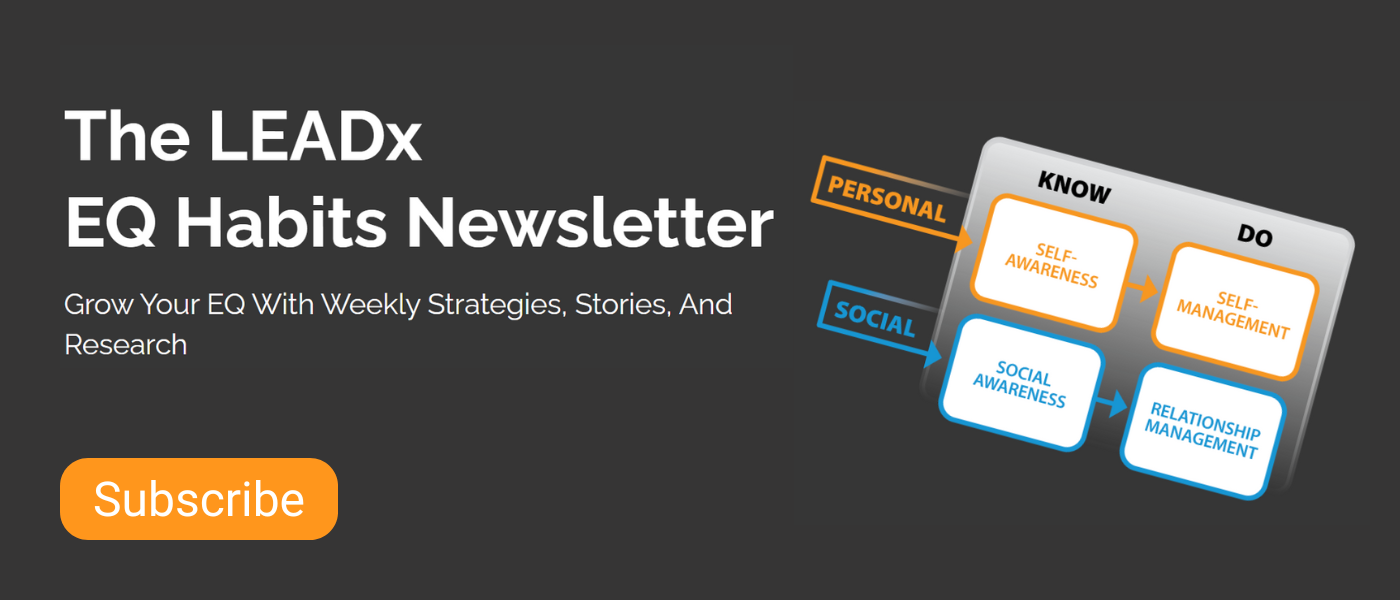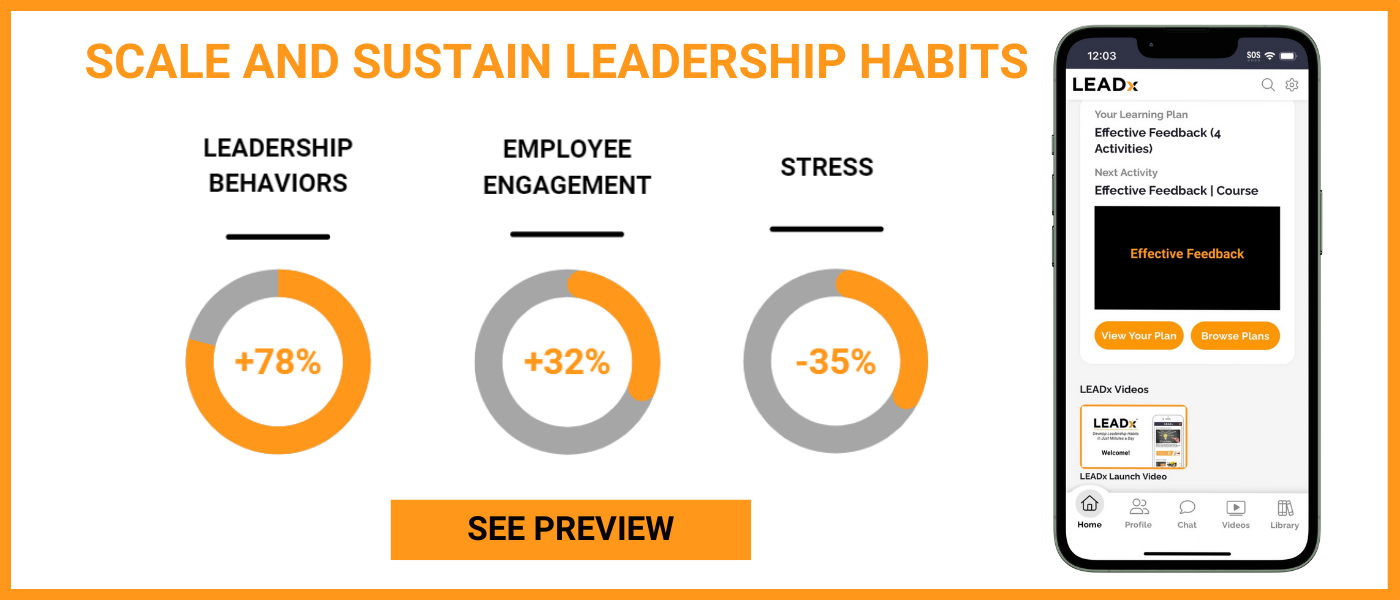
There is no shortage of articles and advice on how to control your anger. “Take a deep breath, count to ten, exercise, limit your caffeine intake, meditate,” and so on. But, imagine if you could use anger to your advantage. What if you could channel your anger to improve your performance?
 The research shows that anger channeling in a constructive way is a surprisingly effective strategy. That said, it’s by no means an easy technique to master. As Aristotle wrote some 2400 years ago: “Anyone can become angry —that is easy. But to be angry with the right person, to the right degree, at the right time, for the right purpose, and in the right way—this is not easy.”
The research shows that anger channeling in a constructive way is a surprisingly effective strategy. That said, it’s by no means an easy technique to master. As Aristotle wrote some 2400 years ago: “Anyone can become angry —that is easy. But to be angry with the right person, to the right degree, at the right time, for the right purpose, and in the right way—this is not easy.”
The Research: Anger Improves Performance
To use anger to your advantage, it helps to understand how exactly it can help you improve your performance. Here are three key studies:
1. Persistence: One study found that angry participants outperformed others on an anagram test. Interestingly, the angry teams spent more time trying to solve each task. This suggests that anger can help fuel persistence.
2. Focus: A second study found that angry participants outperformed others in a skiing video game where you navigate flags on your way down the mountain. The researchers thought the difference in performance was likely the result of how anger helped heighten focus.
3. Taking Action: A third study found that voters who are angry about the possibility of a certain candidate winning are more likely to go out and vote. This is because anger helps spark people to take action.
It’s worth pointing out that across many of these studies, getting too angry proved counterproductive (more on that to come).
So how can you make anger work to your advantage in the real world? Consider the example of professional baseball player, Max Scherzer.
How Pitcher Max Scherzer Channels Anger to Achieve Peak Performance
Max Scherzer, aptly dubbed “Mad Max,” certainly makes a compelling case for harnessing anger to achieve peak performance. Scherzer is known for his borderline feral behavior on the field:
- he grunts & howls at hitters
- he screams into his glove to muffle and hide expletives
- he once yelled “NO” at his coach for attempting to remove him from the game
As an 8-time All Star and 3-time Cy Young, Scherzer is also known for being one of the best pitchers of his generation. And he relies on anger to fuel his performance. When a reporter asked Scherzer, “Can you use emotion for fuel?” he affirmed. “You definitely can. [Anger] hits that adrenaline, so once that adrenaline hits, it almost feeds itself.”
Scherzer’s example offers a couple of essential lessons about how to channel anger in an emotionally intelligent way.
Lesson 1: Emotions Aren’t ‘Good’ or ‘Bad’
If you want to use anger in a constructive way, you first have to break the mental stigma that “Anger is bad.” Anger, like all emotions, is an instinctual response. Rather than label this response as good or bad, it’s more useful to think of it simply as data. Your emotions offer you data, and you can harness that data in a number of ways. Here are a few examples of people who rely on emotions that are often considered bad to increase their performance:
Spite: Flow performance researcher and author Steven Kotler recently wrote how “spite” can become a powerful motivator (e.g., prove your doubters wrong). Author Stephen King, for example, used to nail his rejection letters to the wall until he had so many he had to go buy a bigger nail.
Fear: Novelist Steven Pressfield writes how fear often signals opportunity. The example he uses is from the show “Inside the Actors Studio.” Host James Lipton often asks actors why they chose to play a certain role. They almost always answer the same way: “Because I was afraid of it.”
Anxiety: Ira Glass, host of “This American Life,” uses anxiety as his primary driver to produce great shows. He sets strict deadlines knowing they will make him anxious and then channels that anxiety to motivate him to produce a great show before that deadline.
Learning to see your anger as an opportunity is half the battle.
Lesson 2: Anger + Intention = Emotional Intelligence
The second half of the battle is to learn to use your anger with intent. To do so, you have to understand the potential for anger to hijack your behavior. “[Anger] can also be a negative,” Scherzer warned in his same interview. “It has been [for me] in the past, where you almost get too much adrenaline, too much emotion, and you aren’t thinking clearly.”
In other words, Scherzer doesn’t just dial in anger and then see what happens. He channels it with purpose. Even though he may appear intense or even hotheaded, his intent is strong. And that intent is what enables him to harness his anger in a constructive way. As the Dalai Lama wrote, “Marshal the gifts of anger: a strong focus, extra energy, and determination…If we can analyze the situation clearly we are more likely to take the most effective action–to ‘hit the target directly.’”
Putting These Insights Into Action
Since this is a more advanced emotional intelligence strategy, there are a couple of things you should keep top of mind. First, if you’re the kind of person whose anger frequently gets in your way, you should likely focus your time on management strategies, not this one. Second, you should start by applying this strategy in a lower-stakes situation. You might try putting together a “spite bulletin board” like the example in Lesson 1. Or you might try to get a bit angry at a frustrating work project to see if you can get some extra focus and persistence. Consider this article your permission to go get constructively angry!






